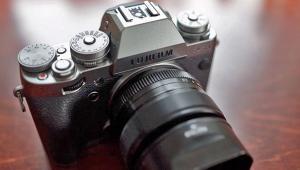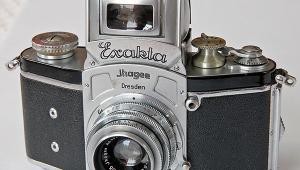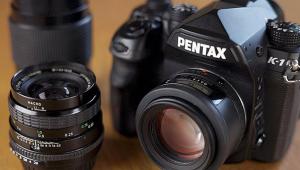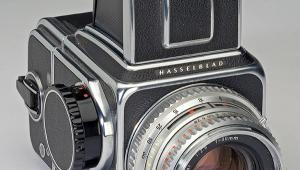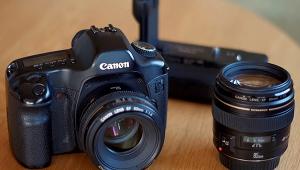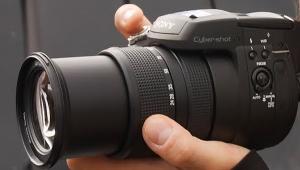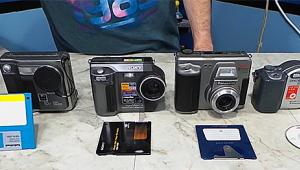Classic Accessories
Practos Exposure Meter
An Accessory As A History Lesson
Collecting cameras is all very well, but we can often learn more about the history of photography--and about the difficulties under which our photographic forebears labored--by looking at accessories. The Practos exposure meter is a prime example. It is one of the last of its kind, and probably ceased production as recently as the late 1950s. What Those Numbers Mean Know Your Limitations The Extinction Meter Is Extinct |
- Log in or register to post comments

